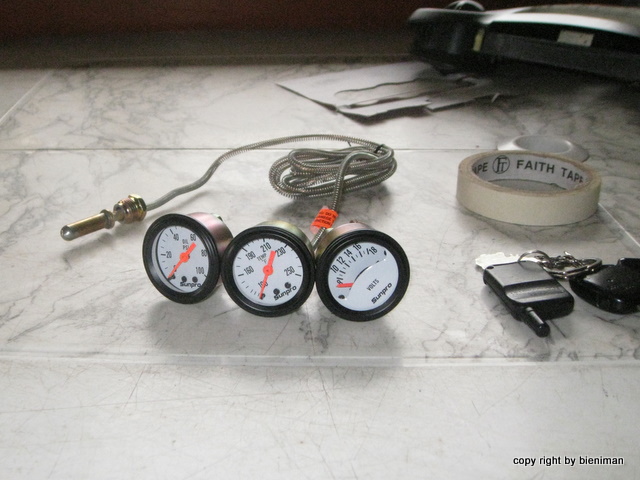flyingcheesehead
Touchdown! Greaser!
Quick question:
On a Cessna 182N with the O-470-R engine, how does the oil temperature gauge work, exactly? Is there an oil line running from the engine compartment to the gauge and the sensor is in the gauge, or is there a sensor in the engine compartment with a wire running to the gauge?
Second - I'm assuming the answer to the first question is "a" (oil line runs through firewall to the gauge), let's just say you were having a new starter placed on the engine. Is the oil line for the gauge running up the firewall behind where the starter sits? Could you inadvertently damage the oil line while installing a new starter?
Thanks,
Kent
On a Cessna 182N with the O-470-R engine, how does the oil temperature gauge work, exactly? Is there an oil line running from the engine compartment to the gauge and the sensor is in the gauge, or is there a sensor in the engine compartment with a wire running to the gauge?
Second - I'm assuming the answer to the first question is "a" (oil line runs through firewall to the gauge), let's just say you were having a new starter placed on the engine. Is the oil line for the gauge running up the firewall behind where the starter sits? Could you inadvertently damage the oil line while installing a new starter?
Thanks,
Kent




